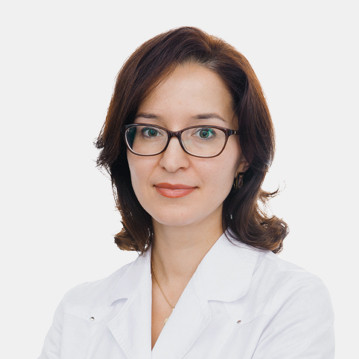General ultrasound examination of the liver and adjacent organs is an ultrasound of the hepatobiliary system. with functional tests. The diagnostic method is used to identify liver pathologies and organ dysfunction in this area.
The multi-level hepatobiliary zone unites the liver, gallbladder with ducts, as well as neighboring abdominal organs - the pancreas and spleen. These organs interact very closely in organizing the digestive process, so a failure in one area invariably affects the condition of others. To assess general and specific functionality, an examination of the entire zone is performed at once.
What is GBS and why examine it
The hepatobiliary system is a complex of internal organs with complex interactions, in which the liver plays a major role. Even small malfunctions in the functioning of one organ entail serious consequences and disruption of the entire system. The examination allows you to identify diseases at the initial stage, when they do not manifest obvious symptoms, and cure them in time.
Ultrasound of GBS - what is it?
The method allows you to examine even small children, pregnant women, and weakened patients. It is very informative regarding the defect of the duct sphincters, the movement of bile, and blood circulation in the vessels.
Pathologies that are most often detected on ultrasound of the hepatobiliary zone:
- Hepatitis.
- Cirrhosis.
- Hepatosis.
- Liver fibrosis.
- Steatosis.
- Cholecystitis.
- Bile duct dyskinesia.
- Cholestasis.
- Tumor or cyst of the pancreas.
- Inflammation of the spleen.
- Biliary sludge; obstruction of the bile ducts by clots of condensed bile.
- Malignant neoplasms.
In newborns, congenital anomalies of the development of organs of the hepatobiliary system are detected. Often such cases require urgent surgical treatment of small patients. Timely, informative diagnosis of GBS by ultrasound helps prevent life-threatening complications.
Indications for the study
Comprehensive ultrasound of the liver, gallbladder, and nearby structures can be performed as part of a medical examination or as a separate study.
In medicine, there are three general groups of reasons for prescribing ultrasound of the GBS:
- The patient’s immediate complaints of poor health, in which the doctor suspects gastrointestinal diseases.
- Existing diseases of internal organs that require dynamic monitoring.
- Tracking the dynamics of the patient’s condition after surgery or therapeutic treatment.
Symptoms that may be a reason to prescribe an ultrasound of the GBS:
- Intractable causeless dyspepsia.
- Constant nausea, belching, heartburn.
- Attacks of vomiting with bile.
- Bitterness in the mouth.
- Pain under the ribs, under the sternum, in the liver and/or stomach.
- Puffiness of the face.
- Yellowing of the whites of the eyes, mucous membranes, skin.
- Increased fragility of blood vessels, which is manifested by bruises on the body, hemorrhages in the sclera, mucous membranes, and nosebleeds.
- Unexplained constipation, diarrhea, alternating between them.
- Dark urine, whitish stool.
- Flatulence.
- White coating on the tongue; crimson tongue color.
- Skin itching, especially in the chest, abdomen, buttocks, and ankles. Rashes in these places.
- Chronic alcoholism; signs of alcohol intoxication.
- Consequences of mechanical injury to this area.
- Identified pathologies: cholecystitis, pancreatitis, hepatitis, etc.
- An urgent examination is necessary for any intoxication to identify the condition of the organs, as well as the degree of poisoning.
Ultrasound of the GBS is a good opportunity to identify dangerous human diseases. They are signaled by poor laboratory blood test results:
- Exceeding the maximum permissible threshold for leukocyte concentration, as well as ESR for a long time.
- Elevated levels of liver enzymes (eg, bilirubin, AST, ALT, α-amylase, alkaline phosphatase hydrolase.
- Low concentration of thyroid hormones.
Ultrasound is performed as part of an abdominal examination program after long-term use of potent medications, some types of chemotherapy, surgical treatment, intoxication, and injuries.
Contraindications
The examination is harmless, non-invasive, painless, therefore it is prescribed even to pregnant women, chronically ill patients, pediatric patients, and the elderly. However, there are conditions in which diagnostics will be inconclusive or impractical. This:
- Exacerbation of chronic diseases.
- Acute stages of any disease.
- Lack of preparation when the patient’s condition is satisfactory.
Diagnosis by ultrasound of the hepatobiliary system is not performed immediately after contrast-enhanced X-ray examination, as well as after endoscopy of the upper gastrointestinal tract.




